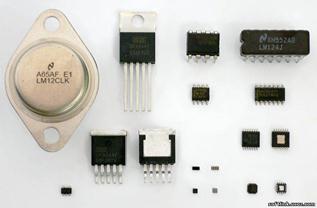Synchronic and Diachronic approaches to phraseology
Synchronic approach. The attempts to classify Phraseological units synchrinically were undertaken. Vinogradov proposed his semantic classification which was based on the degree of cohesion between the components of phraseological units. He devided them into 3 groups: 1) Phraseological combinations (collocations), 2) Phraseological unities; 3) Phraseological fusions. We put all the Phr.Un. in the way that in the first group the degree of cohesion is the weekest. 1) Phr.Un. of the 1st group are motivated. It means that we can deduce the meaning of the Phr.Un-s from direct meaning and some components which possess transfer of meaning: to have lunch, boozing friends. 2) These groups are also motivated, but the meanings of componnts are not in their direct meaning or not all of them. The metaphor on which this shift of meaning is based is transparent: last drop, to lose one’s head. It’s very difficult ot put the line between the 1st and the 2nd points. 3) The same between the 2nd and the 3rd, but in the 3rd it’s easier to find examples. Fusions are word combinations which are not motivated, we can’t deduce the meaning of the whole from the meaning of the components, and the semantic complexity is full – so, full transfer of meaning: Jack of all trades, white elephant, red tape. There is Structural classification, where all the units are devided into key words of these units (belonging to some part of speech: 1) Verbal: t o burts into laughing, to pull one’s legs; 2) Substantive: red tape, white dove; 3) Adjective: as busy as bee, as cool as cucumber; 4) Adverbeal: once upon a time, every now and then; 5) Interjection: for God’s sake! By George! Scholars try to combine both Structural and Semantic classifications. Professor Smernitsky created his own classification. He differentiated words into neutral and coloured. He devided all Phr.Un-s into 1) one-summit units; 2) two- or all-summit units. 1) All Ph.Un-s which have only one meaningful part: to be glad, to be tired, by heart (prepositional substantive). We destinguish Phr.Un-s which are called: a) Verbal - Adverbal – work as Verbs: to put up with – the first part is meaninful; b)Units which have the meaninful part in the second place: to be fond of, to be tired of; c) Prepositional-substantive is equal to an Adverb: in accordance with, by heart. 2) Two or more meaninful parts. According to the part of speech: a) Attributive-substantive: white lie, red tape, black art; b) Verbal-substantive (equal to Verb in a sentence): rain cats and dogs, pull one’s leg; c) Adverbeal: every other day... Classification made by Kunin is one of the most famous Structural and Communicative classifications: 1) first Part – Idioms; 2) Semi-idioms; 3) Phraseomatic units. He indicates that idiom is a Phr.Un. which is a stable word group characterized by completely or partially transferred meaning – semantic complexity. He also added that communicative Phr.Un-s are equal to proverbs or sayings: you can bring a horse to the stream but you can’t make it drink. Diachronic classification. Larin investigated historical development of Phr.Units. The result was the following: at firts, there were free word combinations (one was used in direct, second - in figurative meaning, 3rd – not motivated): the red tape (clerks used to show this tape to show that they are busy), white collar (people worked in the offices), blue collar (worked at plants).
|




